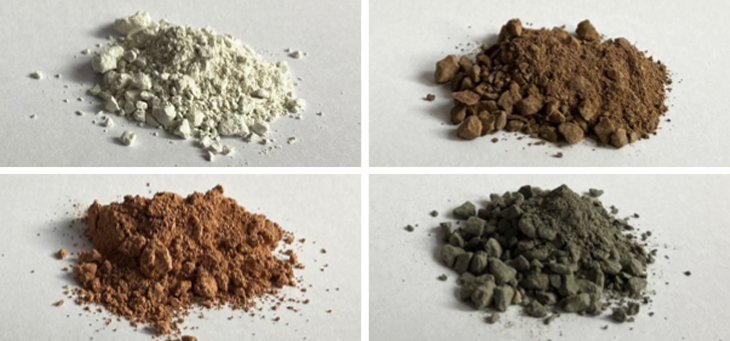Sustainability Series: Week 5

Blog: Accelerating the use of Low Carbon Concrete
Over the past few weeks of the Sustainability Series we have looked at various of the levers for reducing the embodied carbon of concrete structures, including lean design, production of clinker, and the use of thermal mass to reduce the operational requirements. For this, the fifth week of the Sustainability Series, we are looking at the concrete itself and reviewing what is happening to reduce the carbon in the concrete mix to achieve a lower embodied carbon per cubic metre.
Portland cement is responsible for the characteristics that make concrete so widely used, but it also accounts for most of its carbon emissions, so while the cement sector looks to fuel switching and other decarbonising technologies to achieve net zero CEM I, the demand for lower carbon concrete will be met by the increased use of supplementary cementitious materials (SCMs).
The use of ground granulated blast-furnace slag (GGBS) and fly ash from coal fired power stations has been standard in concrete production for decades now, and specifiers seeking lower-carbon concretes will very soon have a new tool at their disposal, with the addition of multi-component cements to the BS 8500 standard.
The 2023 update will permit more ternary blends, which can contain up to 20% limestone powder as a second supplementary cement in addition to GGBS or fly ash. In the UK, limestone is an abundant resource that needs only to be ground up, a process that requires relatively little energy.
The new low carbon concretes in the 2023 standard reflects the performance, strength and durability testing of new mixes that demonstrated that these new concretes can perform across a range of applications. This is bearing fruit in the far greater choice now available to specifiers. There were 15 general purpose cements in the 2006 version of BS 8500 and 16 in the 2015 version. But by the time of the 2019 amendment this had increased three-fold to 48, and in 2023 it is set to more than double again to 112.
The good news for specifiers is that ternary blends will simply become the default in the coming years. Most concrete plants have two silos: one for Portland cement and one for GGBS or fly ash. Rather than investing in a third, cement manufacturers will most likely blend limestone into their Portland cement.
This is already the case in Ireland, where these kinds of ternary blend have been permitted for some years and “limestone cement” has become the default. It will be well worth becoming familiar with the new standard. Because by informing themselves about the options and, crucially, asking for them, specifiers can continue to drive change across the built environment.
Written by Jenny Burridge, Director, Structural Design, The Concrete Centre